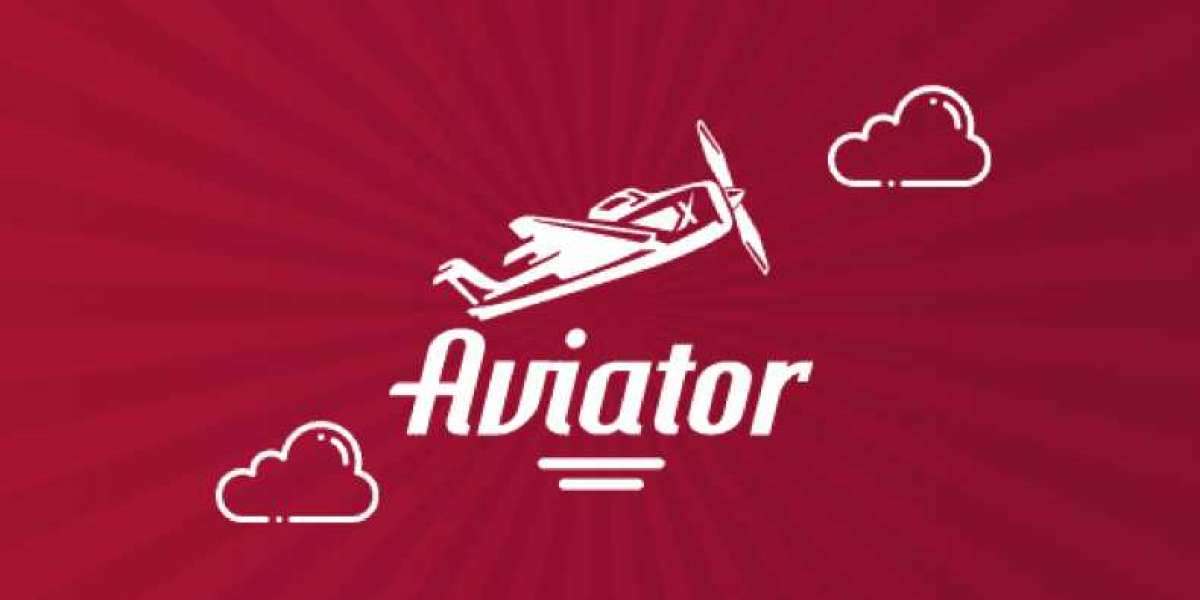In the world of enterprise IT, legacy applications can become a major hurdle for businesses striving to stay competitive in an ever-evolving digital landscape. As businesses look to modernize their operations and leverage cloud computing, they are faced with a critical decision: should they lift-and-shift their legacy applications to the cloud as-is, or should they undertake a more complex re-architecture to better optimize them for the future?
The decision between lift-and-shift and re-architecture is not a one-size-fits-all scenario. There are pros and cons to each approach, and the best choice depends on factors such as business goals, budget constraints, technical debt, and future scalability requirements.
In this article, we will explore both options in detail—examining what they entail, the key considerations, and how you can decide which strategy is right for your organization.
What is Lift-and-Shift?
Lift-and-shift, also known as "rehosting," involves migrating legacy applications from on-premises servers to the cloud without making any major changes to the application’s architecture or underlying code. Essentially, the application is "lifted" from its current environment and "shifted" to a cloud-based infrastructure, such as AWS, Microsoft Azure, or Google Cloud.
This approach offers a faster and more cost-effective solution to cloud migration, particularly for businesses that need to quickly transition to the cloud for reasons like cost savings, scalability, or improved availability. By keeping the existing application code intact, lift-and-shift minimizes the need for extensive testing, retraining, and redevelopment.
Pros of Lift-and-Shift:
- Quick Migration: Lift-and-shift allows businesses to move applications to the cloud quickly, typically in a matter of months, rather than spending years on re-architecting legacy applications. This is particularly advantageous for businesses that need to meet strict deadlines or regulatory requirements.
- Lower Initial Costs: This approach is often cheaper in the short term because it avoids the need for extensive re-coding, re-design, or retraining. Businesses may only need to invest in cloud infrastructure, which can be more affordable than maintaining on-premises hardware.
- Familiarity: Since the application stays largely the same, there’s no need for developers and end-users to familiarize themselves with new processes or tools. It’s business as usual but on a cloud platform.
- Improved Availability and Scalability: By moving applications to the cloud, businesses can take advantage of the cloud provider's inherent features such as high availability, disaster recovery, and auto-scaling.
Cons of Lift-and-Shift:
- No Optimization: While the application will be up and running in the cloud, it may not take full advantage of cloud-native features like auto-scaling, containerization, or serverless computing. As a result, performance may not be optimized, and businesses could miss out on potential cost savings.
- Technical Debt: Migrating without re-architecting could mean carrying forward technical debt. Legacy applications often have outdated architectures or inefficient code that may cause performance issues in the cloud.
- Limited Agility: Since the application isn't re-designed for the cloud, it may be harder to scale or innovate quickly. Future upgrades or integrations may be more difficult to implement, which could limit agility in the long run.
- Security Risks: Older applications may not be designed with cloud security standards in mind. Simply moving them to the cloud without a redesign could create vulnerabilities or compliance issues.
What is Re-architecting?
Re-architecting, or refactoring, involves taking a legacy application and fundamentally changing its architecture to better align with modern best practices and cloud-native technologies. This often includes breaking down monolithic applications into microservices, implementing containerization, and using cloud services like databases, storage, and messaging queues.
While the process of re-architecting can be more time-consuming and costly than a lift-and-shift, it offers long-term benefits by enabling the application to better utilize cloud capabilities, improve performance, and increase scalability.
Pros of Re-architecting:
- Cloud Optimization: Re-architecting allows you to build applications that are specifically designed to take advantage of cloud-native services. This can result in improved performance, cost efficiency, and scalability.
- Better Performance: By redesigning the application’s architecture, you can eliminate bottlenecks and inefficiencies that existed in the legacy version. Modern architectures can improve speed, responsiveness, and user experience.
- Increased Agility and Flexibility: A re-architected application can be better structured for rapid innovation and development. With microservices and containerization, it becomes easier to deploy updates, add new features, and scale parts of the application independently.
- Reduced Technical Debt: By re-architecting the application, you can clean up outdated or inefficient code, thus reducing technical debt and future maintenance costs.
- Security and Compliance: Re-architecting offers an opportunity to incorporate modern security features and ensure the application is compliant with the latest standards and regulations.
Cons of Re-architecting:
- High Initial Costs: Re-architecting a legacy application can be a resource-intensive process, requiring significant time and money. Development teams need to be skilled in cloud technologies and modern development methodologies, which could increase costs.
- Longer Time to Completion: Unlike lift-and-shift, which can be completed relatively quickly, re-architecting takes more time. Depending on the size and complexity of the application, this could take months or even years to fully implement.
- Risk of Disruption: Rewriting a legacy application carries some level of risk, especially when it comes to data migration, system downtime, or compatibility issues. Businesses need to plan for contingencies and test thoroughly to ensure a smooth transition.
- Skill Requirements: Re-architecting a legacy application typically requires specialized skills in cloud-native development, microservices architecture, and modern DevOps practices. Businesses may need to invest in hiring or upskilling their workforce, adding to the cost.
Key Considerations When Choosing Between Lift-and-Shift and Re-architecting
The choice between lift-and-shift and re-architecting comes down to several factors, and each business’s unique needs must be considered:
1. Business Goals
- Short-Term Goals: If your business is primarily focused on quickly moving to the cloud to reduce costs, enhance availability, or meet compliance deadlines, lift-and-shift may be the more appropriate choice. It’s a faster way to get the application running on the cloud without significant changes.
- Long-Term Goals: If your organization is looking for long-term scalability, flexibility, and performance, re-architecting may be more beneficial. It positions your application for future growth and agility, which is crucial if you plan to innovate or scale rapidly.
2. Application Complexity
- Simple Applications: For smaller, simpler legacy applications, a lift-and-shift may be a cost-effective way to transition to the cloud with minimal effort.
- Complex Applications: For large, monolithic, or highly complex legacy systems, re-architecting is often the better approach. These applications typically contain a lot of technical debt, which may hinder performance, scalability, and future improvements.
3. Cost
- Immediate Budget Constraints: Lift-and-shift is less expensive in the short term and can often be completed with fewer resources. If cost is a major concern, this might be the way to go.
- Long-Term Investment: Re-architecting requires more upfront investment but can reduce long-term operational costs, improve performance, and allow for easier upgrades and maintenance down the line.
4. Scalability and Future-Proofing
- If your organization anticipates significant growth or needs to handle higher volumes of data or traffic in the future, re-architecting is the better option. Cloud-native applications are designed for elasticity and scalability, making them a better fit for evolving business needs.
5. Technical Debt
- Low Technical Debt: If your legacy system is relatively modern and does not contain significant technical debt, lift-and-shift might be sufficient. However, if the code is outdated and difficult to maintain, re-architecting will eliminate this issue and improve overall efficiency.
6. Security and Compliance
- Security Upgrades: Re-architecting provides the opportunity to enhance security, making it the preferred option if security and compliance are key priorities. Legacy applications may not meet current security standards, and re-architecting can integrate modern security practices to mitigate risks.
How to Make the Decision
When making the decision between lift-and-shift and re-architecting, businesses should evaluate the following steps:
- Assess Current and Future Needs: What are your business objectives? Are you seeking a quick move to the cloud, or do you need a more robust solution for long-term scalability and innovation?
- Evaluate the Application’s Technical Debt: Analyze the legacy application’s codebase and infrastructure. Is it outdated or difficult to maintain? If so, re-architecting may offer significant benefits.
- Estimate Costs: Determine your budget for the project. While lift-and-shift is cheaper initially, re-architecting may offer greater returns in the form of improved performance and lower operational costs over time.
- Consider Your Team’s Skillset: Does your team have the necessary expertise to undertake a re-architecture? If not, lift-and-shift may allow you to bypass the need for specialized skills.
- Plan for Long-Term Growth: Will your application be able to handle future growth with a lift-and-shift, or would re-architecting better support your long-term scalability goals?
Conclusion
Deciding whether to lift-and-shift or re-architect your legacy app migration is a complex decision that depends on several factors. Lift-and-shift is a quicker, cheaper option that can get your business up and running on the cloud, but it may not fully leverage cloud-native capabilities. Re-architecting offers long-term benefits in terms of performance, scalability, and flexibility, but it requires a larger investment of time, money, and expertise.
Ultimately, the decision should align with your business’s current needs, future goals, and available resources. Carefully evaluate the trade-offs and consult with technical experts to ensure that you make the best choice for your organization’s cloud migration strategy.









